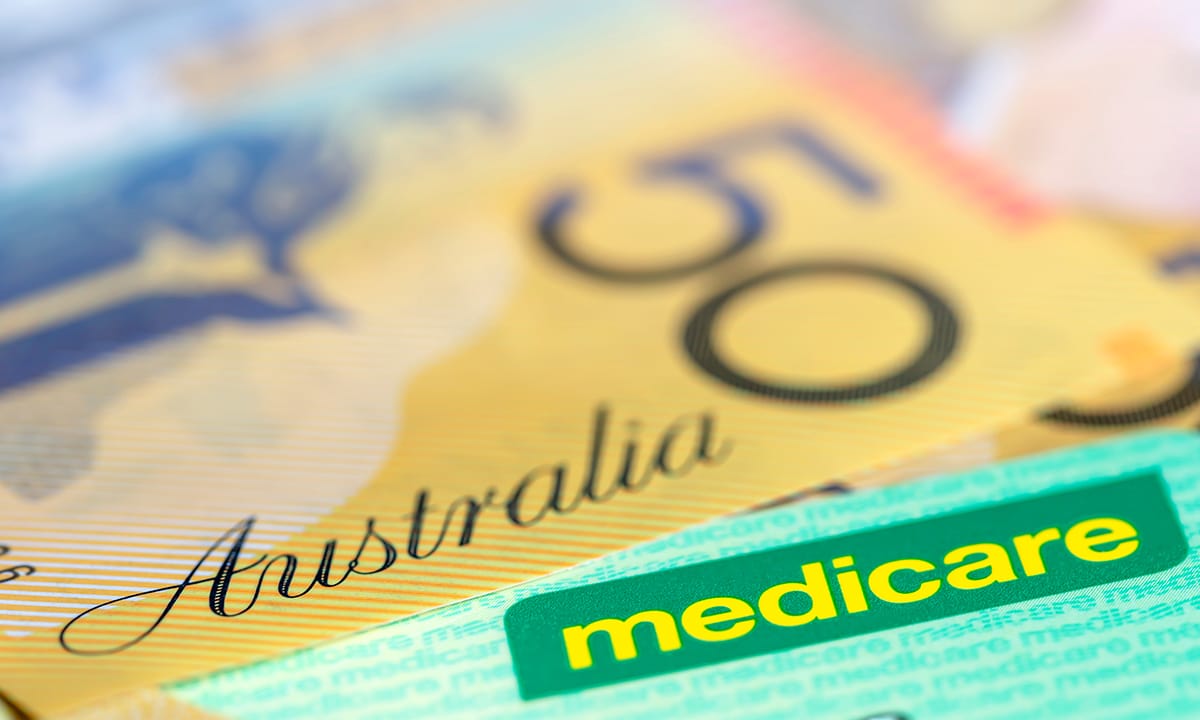Surfing culture in Australia is more than a pastime; it’s a national identity that pulses through beach towns, city suburbs, and remote coastlines alike. With over 30,000 kilometers of coastline and nearly 12,000 beaches, Australia offers some of the best and most diverse surf breaks on the planet. From the golden sands of Bondi Beach to the wild reefs of Margaret River, surfing has shaped not only how Australians spend their weekends but how they define themselves. According to Surfing Australia, more than 2.5 million Australians surf regularly, a staggering figure for a nation of 26 million. This deep connection between people and the sea finds expression not just in the water, but in fashion, music, film, art, and everyday lifestyle.
The modern Australian surf scene owes much to its historical roots. In 1915, Hawaiian surfing legend Duke Kahanamoku gave his first demonstration of surfing at Freshwater Beach, sparking a wave of excitement that never truly receded. Since then, local champions like Mick Fanning, Layne Beachley, and Stephanie Gilmore have earned global fame and brought home multiple world titles. Events like the Rip Curl Pro Bells Beach continue to attract the world’s best athletes and tens of thousands of fans, highlighting how deeply competitive surfing is woven into Australian life. Local surf clubs and lifesaving associations, such as the Surf Life Saving Australia, not only maintain beach safety but nurture talent from a young age, reinforcing the communal spirit of surfing.
But surfing in Australia isn’t just for the elite. The rise of urban surf parks like URBNSURF Melbourne, artificial wave technology, and accessible surf education programs are opening the sport to wider audiences. In 2023 alone, URBNSURF hosted more than 100,000 sessions, providing inland residents the chance to ride consistent, clean waves. Eco-conscious innovation is also transforming the surfing industry. Sustainable brands like Firewire Surfboards and Patagonia Australia are championing the use of recycled materials and environmentally responsible production. In fact, nearly 12% of surfboards sold in Australia in 2023 were eco-certified, reflecting growing consumer demand for sustainability.
The cultural reach of surfing goes far beyond board design. Media platforms like Surfline and Magicseaweed provide daily forecasts, tide updates, and surf reports to millions. Magazines such as Tracks continue to document surf fashion, art, and emerging personalities. At the same time, advocacy organizations like Surfrider Foundation Australia are defending marine environments and educating the public about coastal protection. These efforts underscore a key truth: the surfing culture in Australia is inseparable from the land and ocean it depends on.
With nearly every major coastal community claiming its own surf legends, break names, and local surf schools, this culture is layered, resilient, and ever-evolving. It is where nature, sport, innovation, and identity converge—an enduring rhythm of life carried on the back of a wave.
Riding the Dream: The Origins of Surfing Down Under
Polynesian Roots and Australian Shores
Surfing, though often associated with Hawaii, traces its earliest origins to Polynesian culture, where wave-riding was a sacred ritual. In Australia, the first recorded surfing attempt dates back to 1915, when Hawaiian Duke Kahanamoku gave a demonstration at Freshwater Beach, Sydney. This pivotal event sparked the flame of what would become the thriving surfing culture in Australia.
The Post-War Boom of Beach Culture
Surfing remained a niche activity until after World War II, when increased leisure time and coastal migration led to a boom in beach-related recreation. By the 1960s, Australia had firmly embraced surfing as both a sport and a lifestyle, and local board shapers like Midget Farrelly and Nat Young were gaining international acclaim.
Rise of Surf Lifesaving and Competitive Surfing
The Australian Surf Life Saving Association, founded in 1907, played a dual role—protecting swimmers and promoting surf skills. By the 1970s, competitive surfing had evolved, with the Australian Surfing Championships attracting thousands of spectators and media attention. Australia hosted its first World Surfing Championship in 1964 at Manly Beach.
Economic and Cultural Impact
The modern surf industry is worth an estimated AUD 3.3 billion annually to the Australian economy, with over 1.2 million recreational surfers reported by Surfing Australia in 2023. This economic force, combined with fashion and tourism, reflects how deeply embedded the surfing culture in Australia has become.
Spiritual Connection to the Ocean
Early adopters described surfing as a transcendental experience. Today, that ethos remains, with many surfers citing the ocean as a place of peace, healing, and identity. This emotional connection continues to shape Australia’s coastal communities and personal lifestyles.
From Bondi to Bells: Australia’s Iconic Surfing Hotspots
Bondi Beach: Urban Surfing Legacy
Bondi Beach, just 7 km from Sydney’s CBD, is perhaps the most iconic surf spot in Australia. Hosting over 2.6 million visitors annually, Bondi’s consistent waves and accessible location make it a beginner’s paradise. Lifeguards conduct up to 1,000 rescues a year, underscoring the beach’s active surf and swim culture.
Bells Beach: The Soul of Victorian Surfing
Located along the Great Ocean Road, Bells Beach has hosted the Rip Curl Pro since 1961, making it the longest-running surfing competition in the world. The massive Southern Ocean swells and dramatic cliffs define the surfing culture in Australia as both raw and reverent. Wave faces can reach up to 15 feet during peak swells.
Snapper Rocks and the Gold Coast Strip
Queensland’s Gold Coast is home to legendary breaks like Snapper Rocks, Kirra, and Burleigh Heads. Snapper Rocks, the starting point of the Superbank, delivers one of the world’s longest right-handers. The Gold Coast alone supports over 60 surf schools and draws more than 500,000 surf-related tourists each year.
Margaret River: Western Australia’s Wild Coast
Margaret River blends wine country with world-class waves. It is a regular stop on the WSL Championship Tour and recorded wave heights up to 20 feet in 2022. The rugged, reef-based waves attract experienced surfers from around the globe and contribute AUD 68 million annually in local surf tourism.
Torquay: Australia’s Surf Capital
Home to brands like Rip Curl and Quiksilver, Torquay is more than a surf town—it’s the industrial heart of the surfing culture in Australia. With its Surf World Museum and proximity to Bells Beach, Torquay attracts over 1 million surf pilgrims annually.
Beyond the Wave: Community, Lifestyle, and the Surfing Spirit
A Day in the Life of a Surfer
For many Australians, surfing is not just a hobby but a daily ritual. A 2023 study by the University of Sydney found that 58% of surveyed surfers surf at least three times a week, with early mornings being the most popular time. The surfing culture in Australia revolves around the rhythms of tides, wind, and personal discipline.
Youth, Identity, and Subculture
The grommet culture—young surfers under 16—is thriving. Programs like SurfGroms enroll over 40,000 children each year across 300 beaches. Surfing teaches resilience, patience, and environmental awareness, often becoming a core identity marker for Australian youth.
Surfing as Therapy and Mental Health Aid
Organizations like Waves of Wellness (WOW) offer surf therapy programs, using surfing as a mental health intervention. In 2022, WOW reported a 65% improvement in mood and anxiety levels among participants. The ocean’s sensory environment and the act of riding waves provide a unique form of healing.
Fashion and Media Influence
The surf aesthetic influences Australian streetwear, advertising, and film. Global brands like Billabong and Roxy originated in Australia, and surf magazines such as Tracks and Surfing Life still enjoy robust circulation. This integration into pop culture further solidifies the surfing culture in Australia as a national archetype.
Women and the Rise of Equality in Surf
While once male-dominated, female participation in surfing has surged. Surfing Australia reports a 38% female membership in 2023, a dramatic rise from 18% a decade ago. Women like Stephanie Gilmore, seven-time world champion, have become icons and role models for a new generation.
The New Wave: Sustainability, Innovation, and the Future of Surfing
Eco-Friendly Surfboard Technology
Traditional polyurethane surfboards contribute to landfill waste and chemical pollution. Brands like Firewire and Earth Technologies are pioneering recycled EPS cores and bio-resins. In 2023, over 12% of new surfboards sold in Australia were classified as “eco-boards,” according to Surf Industry Sustainability Report.
Protecting Australia’s Coastal Ecosystems
Coastal erosion, pollution, and coral bleaching are significant threats. Groups like Surfrider Foundation Australia have mobilized over 30,000 volunteers for beach clean-ups. The Great Barrier Reef, a UNESCO World Heritage site, lost nearly 50% of its coral cover since 1995, affecting both marine biodiversity and wave quality.
Smart Surf Forecasting and AI Technology
Modern apps like Coastalwatch and Magicseaweed now use AI to predict surf conditions with 85% accuracy up to five days in advance. This digital evolution enhances safety and accessibility, aligning tech with the surfing culture in Australia to foster informed, data-driven sessions.
Surf Parks and Accessibility Expansion
With urban surf parks like URBNSURF in Melbourne and plans underway in Sydney and Perth, artificial wave technology is expanding access to quality surf. URBNSURF alone hosted over 100,000 surf sessions in 2023, making surfable waves available regardless of ocean proximity.
Cultural Preservation and Indigenous Voices
Aboriginal Australians have had a long-standing spiritual relationship with the ocean, though their stories are often overlooked. Efforts to highlight First Nations perspectives in surfing events and storytelling are growing. These inclusions are reshaping the surfing culture in Australia to be more inclusive and historically aware.




